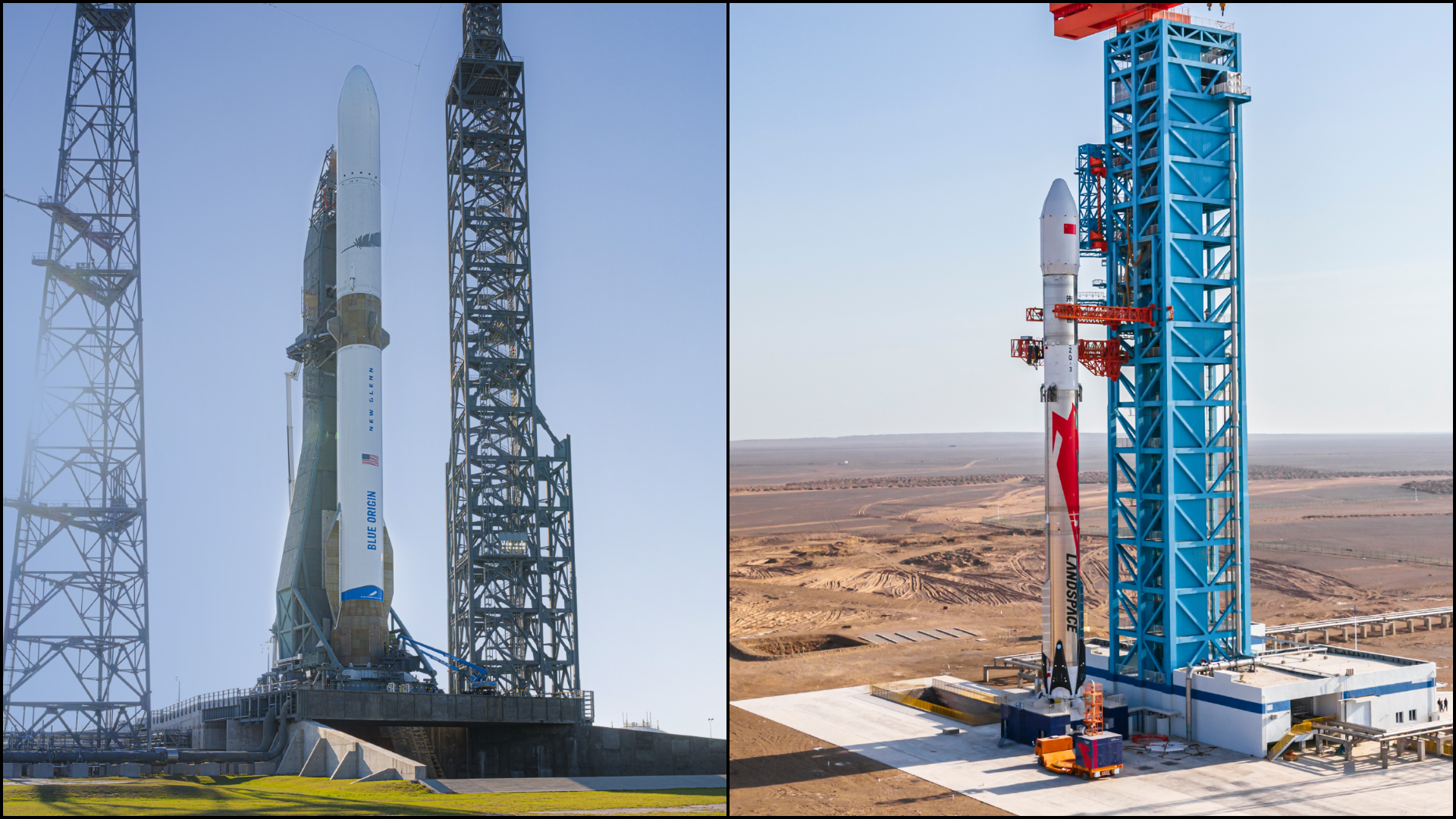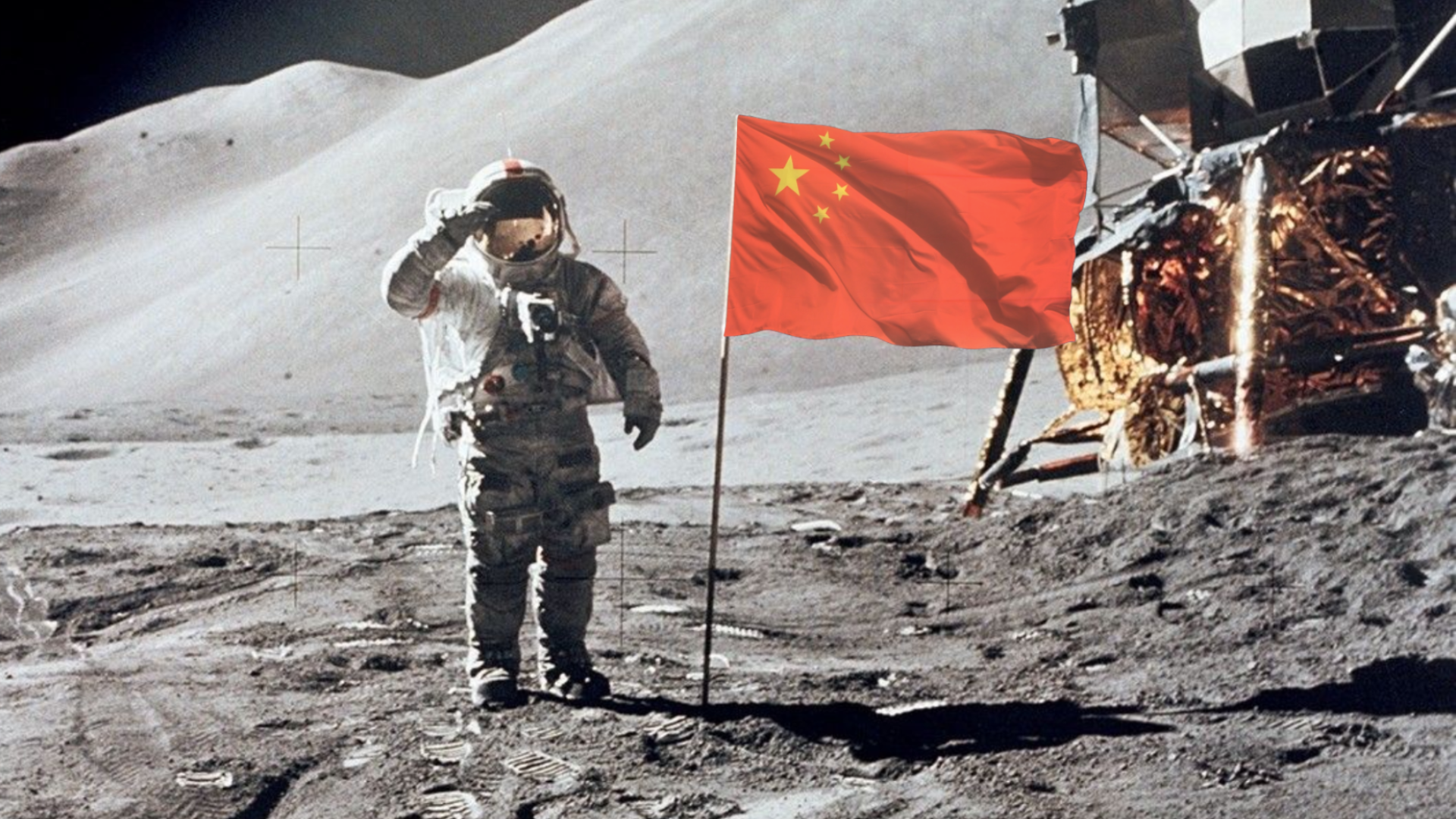Table of Contents
China launched its Shijian-25 refueling spacecraft atop of a Long March 3B/E back at the beginning of the year. Since then, the spacecraft has been heading toward its likely target, Shijian-21, to dock.
Over the past week, Shijian-25 has been observed heading through the geostationary satellite belt toward the four-year-old Shijian-21, which itself was drifting for several months. The two spacecraft were expected to meet, based on observations, around June 11th, but slowed their approach as the distance closed. And as of June 14th, Slingshot Aerospace, a space situational awareness firm, noted:
"[The Shijian-25 and Shijian-21] spacecraft operate within 3 km of one another at an average altitude of 35,750 km and inclination of 10.6 degrees"
As the two Chinese spacecraft are heading toward each other, U.S. military satellites USA-270 and USA-271 are also nearby, likely to monitor them.
Shijian-25 is stated to be a technological demonstration mission for refueling other spacecraft in orbit, allowing for an extension in a satellite's operational life. Details on the spacecraft are scarce, however at the 2021 Zhuhai Airshow plans for a similar spacecraft boasted approximately 1,300 kilograms of propellant available for refueling services.
At the same time as the airshow, Shijian-21 was launched into geostationary orbit to prove space debris mitigation technologies and practices. Doing so in January of 2022 by towing a defunct BeiDou satellite to a graveyard orbit.
Shijian-21 is likely designed for the tests Shijian-25 is aiming to perform, with the airshow description indicating both satellites have robotic arms to allow either spacecraft to grab the other. Docking operations for the spacecraft described at the airshow say:
"When it arrives within about 2 meters of the satellite, with the cooperation of the robotic arm, it will achieve a close connection with the satellite refueling port and deliver fuel to the satellite.”

It's unknown when Shijian-25 is planned to dock with Shijian-21, as is expected with a mission from the Shijian program, along with when a spacecraft-to-spacecraft refueling test may take place. China's space agencies and enterprises may announce the success of the test anywhere from a few hours to several weeks afterwards.
China isn't the only country currently interested in developing in-space refueling capabilities. The United States currently has three companies pursuing the technology, namely SpaceX, Blue Origin, and Northrop Grumman, all of which are largely privately funded and developing it independently.
SpaceX is leading the U.S. efforts with a transfer of propellant between its Starship vehicles' landing and main tanks, but the vehicle has been stuck with regular failures, holding up orbital flights needed for the next major step in development like a Starship-to-Starship propellant transfer. Meanwhile, Northrop Grumman is in a similar stage of development to Shijian-21, with refueling in space set to come later. Lastly, Blue Origin is still undergoing development on Earth for its technology, planned to be used in support of its lunar landers.
The U.S. had tested an initial form of the technology, which Shijian-25 is set to demonstrate, back in 1984 aboard the Space Shuttle STS-41G mission with the Orbital Refueling System experiment. That experiment saw some propellant transferred via some astronaut-installed piping between two tanks to simulate a connection to another spacecraft. A Shijian-25-like U.S. mission was in development until March of 2024, when it was cancelled due to technical, cost, and schedule challenges.






